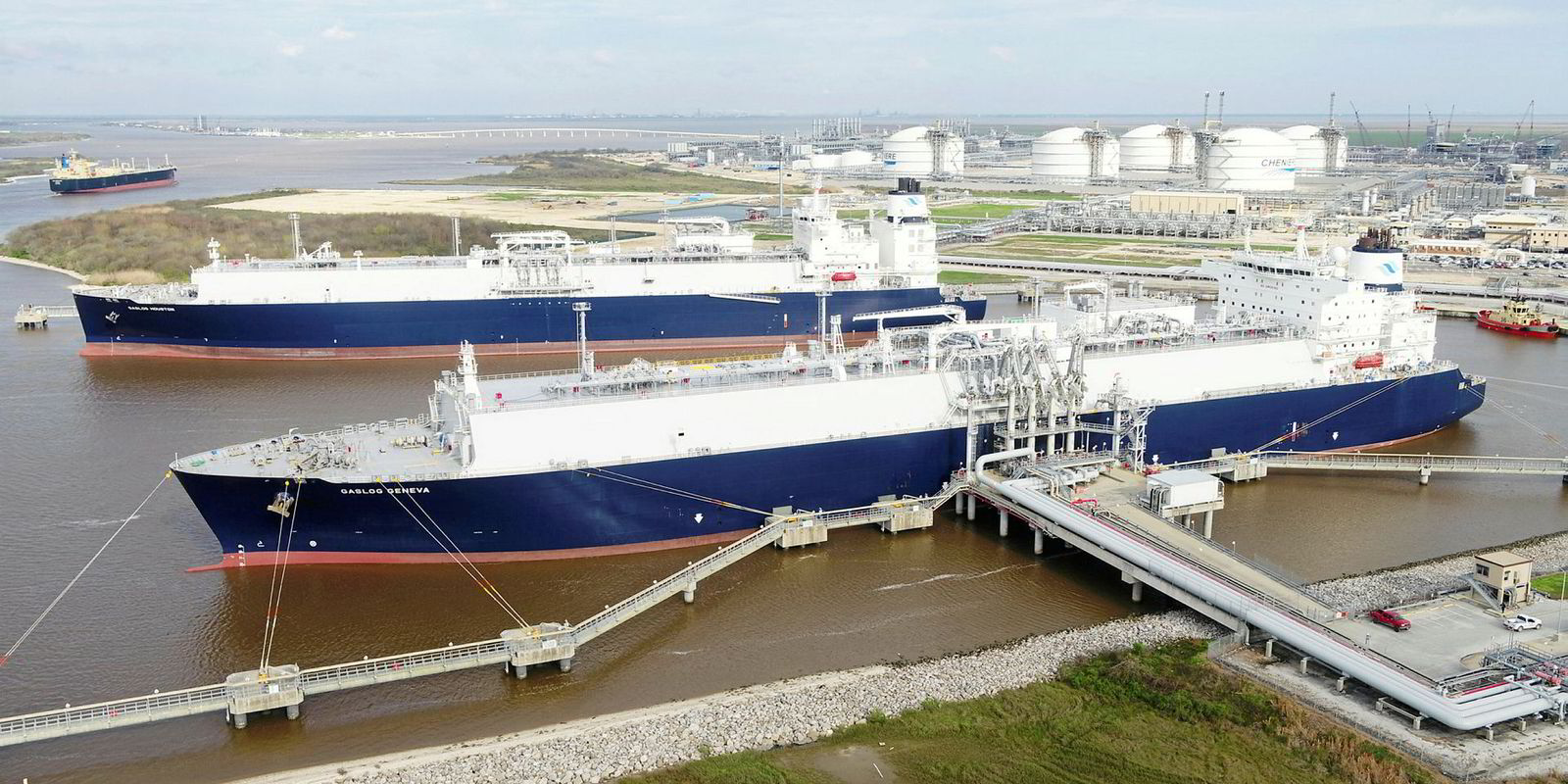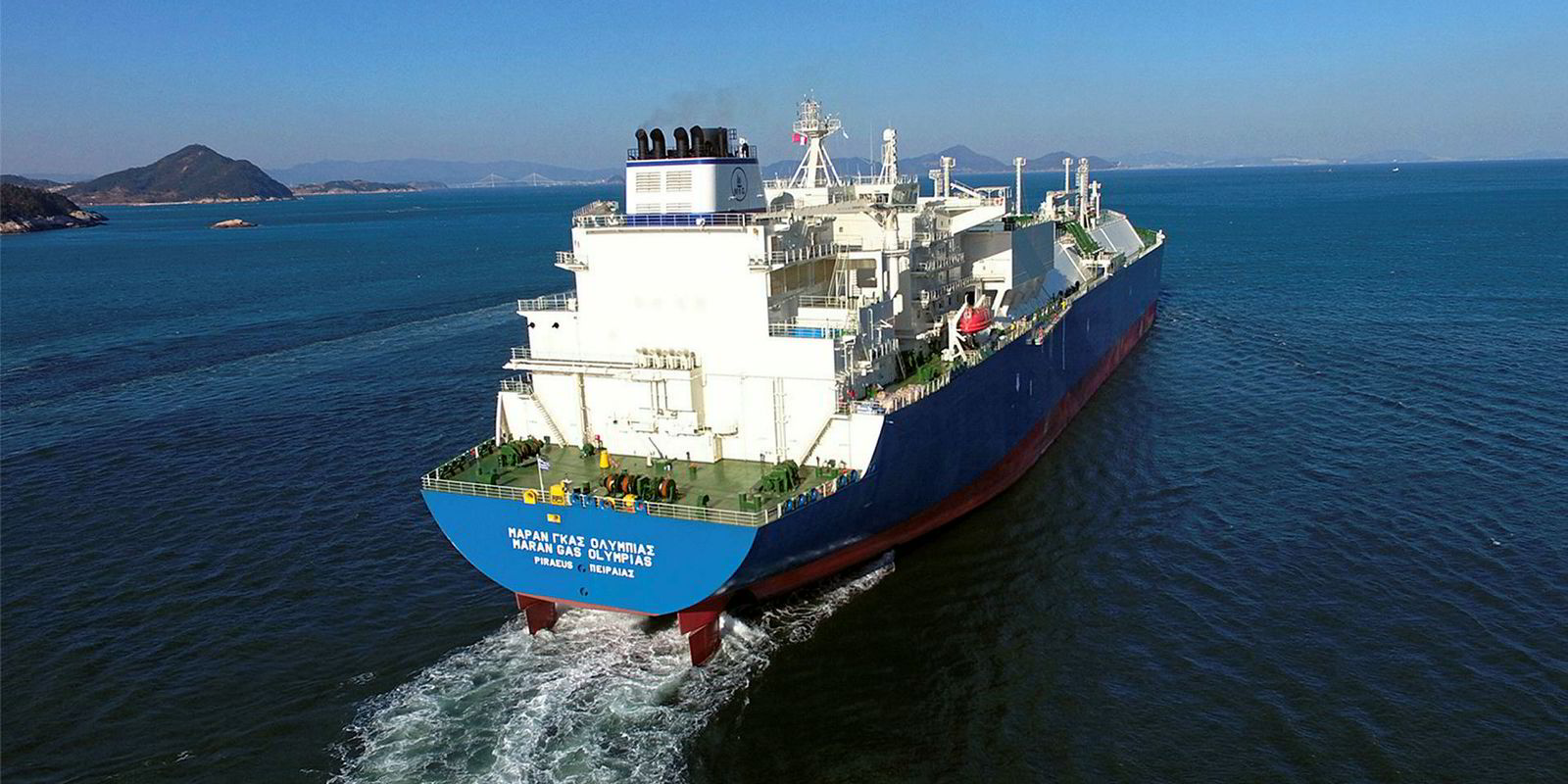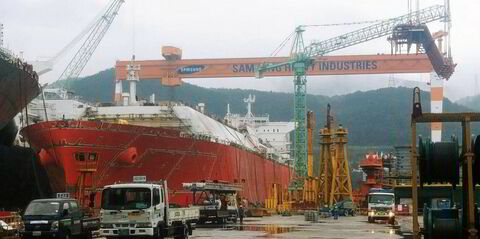Charter rates for LNG carriers are rising ahead of what is widely anticipated to be a strong winter market.
Brokers and owners say levels have nudged up to rates in the $80,000-per-day range for modern ships trading spot cargoes in the Atlantic region.
They peg these at closer to $70,000 per day for those moving cargoes out of the Middle East Gulf, with vessels in Asia fixing at levels of between $60,000 and $65,000 per day.
Market players said more spot cargoes have emerged along with a number of reload shipments out of European terminals such as Zeebrugge LNG in Belgium and France’s Montoir-de-Bretagne facility.
Slightly older, smaller vessels are being picked off but at lower rates. Brokers say BP fixed the 149,800-cbm Grace Cosmos (built 2008) and trader Vitol has chartered the 152,300-cbm Seri Bakti (built 2007) for spot voyages at levels in the high $40,000-per-day range.
In contrast, trader Uniper is reported to have snapped up Flex LNG’s 173,400-cbm newbuilding Flex Enterprise for a two-month period hire from 1 September at a rate in the range of $90,000 to $95,000 per day.
“There is only one way now and that’s upwards,” said one chartering manager in reference to the current rate environment.
Brokers said charterers are there to do period business but few shipowners are biting due to the expectations that rates are set to strengthen further in the coming months.
After a strong end to 2017, LNG charter rates softened in the early part of this year. By June, they had made a strong rally, with reports of some six-figure spot levels being paid. But rates went on to soften during July, despite a June raid by Cheniere Energy for a raft of period tonnage to cover its new output from the company's US projects.
Reporting second-quarter results this week, Flex LNG said it was expecting to see “a very busy winter season”. The company currently has two of its four delivered LNG carriers trading in the spot market.
New chief executive Oystein Kalleklev told investors: “We, today, expect the winter season [of] 2018/2019 will be tight, with charter rates surpassing the level we saw last winter.”
Kalleklev said fixture activity has picked up during August and, with newbuilding deliveries tapering off for the rest of this year, fundamentals look set to improve.
In addition, he flagged up the new supply coming onstream from projects in Australia, the US and Russia, which are set to add a further 100 million tonnes per annum to the market mix.





